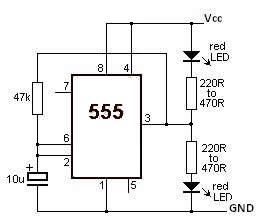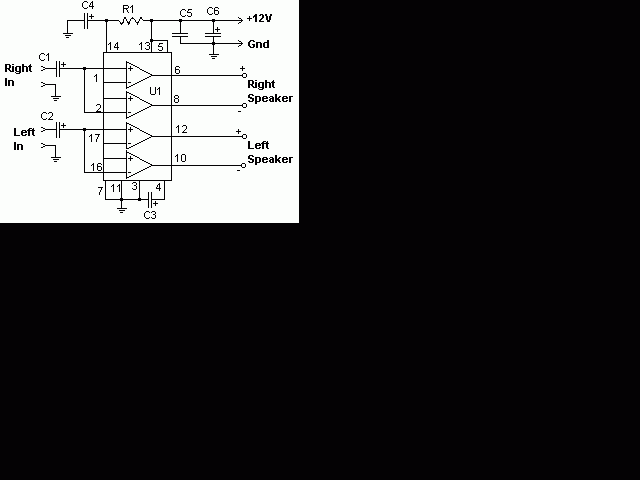
Aquarium Led Lighting Circuit

This colorful backlit aquarium light provides a natural appearance to the aquarium tank. The aquarium LED lighting circuit automatically turns on at sunset.
The aquarium LED lighting system enhances the aesthetic appeal of the aquarium by simulating natural lighting conditions. The circuit typically consists of a microcontroller or timer that detects the ambient light levels, allowing the LEDs to illuminate the tank at dusk.
The key components of the circuit include:
1. **LEDs**: High-efficiency RGB LEDs are used to create vibrant colors that mimic natural underwater lighting. The selection of colors can enhance the visibility of fish and aquatic plants, creating a visually appealing environment.
2. **Microcontroller**: A microcontroller, such as an Arduino or a dedicated timer chip, is programmed to monitor light levels. It activates the LEDs based on the time of day or ambient light detected by a light sensor, ensuring that the aquarium is lit during the evening hours.
3. **Light Sensor**: A photoresistor or phototransistor can be employed to monitor the surrounding light conditions. When the ambient light falls below a certain threshold, the sensor sends a signal to the microcontroller to turn on the LED lights.
4. **Power Supply**: The circuit requires a suitable power supply to drive the LEDs. This could be a standard AC to DC adapter or a battery pack, depending on the design requirements and power consumption of the LEDs.
5. **Control Circuitry**: Additional components such as resistors, capacitors, and transistors may be used to control the current flowing to the LEDs, ensuring they operate within safe limits and prolonging their lifespan.
This lighting system not only enhances the visual appeal of the aquarium but also contributes to the well-being of the aquatic life by mimicking natural day-night cycles. Proper implementation of this circuit can result in an energy-efficient and aesthetically pleasing aquarium setup.This colorful back led aquarium lights gives natural appearance to the Aquarium tank. The Aquarium Led Lighting circuit automatically turns on at sunset an.. 🔗 External reference
The aquarium LED lighting system enhances the aesthetic appeal of the aquarium by simulating natural lighting conditions. The circuit typically consists of a microcontroller or timer that detects the ambient light levels, allowing the LEDs to illuminate the tank at dusk.
The key components of the circuit include:
1. **LEDs**: High-efficiency RGB LEDs are used to create vibrant colors that mimic natural underwater lighting. The selection of colors can enhance the visibility of fish and aquatic plants, creating a visually appealing environment.
2. **Microcontroller**: A microcontroller, such as an Arduino or a dedicated timer chip, is programmed to monitor light levels. It activates the LEDs based on the time of day or ambient light detected by a light sensor, ensuring that the aquarium is lit during the evening hours.
3. **Light Sensor**: A photoresistor or phototransistor can be employed to monitor the surrounding light conditions. When the ambient light falls below a certain threshold, the sensor sends a signal to the microcontroller to turn on the LED lights.
4. **Power Supply**: The circuit requires a suitable power supply to drive the LEDs. This could be a standard AC to DC adapter or a battery pack, depending on the design requirements and power consumption of the LEDs.
5. **Control Circuitry**: Additional components such as resistors, capacitors, and transistors may be used to control the current flowing to the LEDs, ensuring they operate within safe limits and prolonging their lifespan.
This lighting system not only enhances the visual appeal of the aquarium but also contributes to the well-being of the aquatic life by mimicking natural day-night cycles. Proper implementation of this circuit can result in an energy-efficient and aesthetically pleasing aquarium setup.This colorful back led aquarium lights gives natural appearance to the Aquarium tank. The Aquarium Led Lighting circuit automatically turns on at sunset an.. 🔗 External reference





